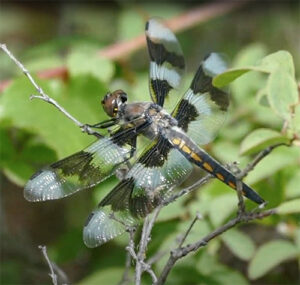
Introduction: Nature At Home
Rick Severn, DHC’s Education Chair, gives a brief introduction to the Nature At Home series. Click Here to View the Video Click Here to View

This virtual education series brings DHC’s Kids in the Hills program to you to enjoy from the comfort of your own home.
Click on each post below to view each video, a short description, and accompanying resources, if applicable.
Educators can also read about how these videos relate to the Next Generation Science Standards (NGSS for grades 3-5) by clicking on the button below.

Rick Severn, DHC’s Education Chair, gives a brief introduction to the Nature At Home series. Click Here to View the Video Click Here to View

Join us on a visit to the Enchanted Ravine. Click Here to view the video Click Here to View the Kids Flyer for “Enchanted Ravine”
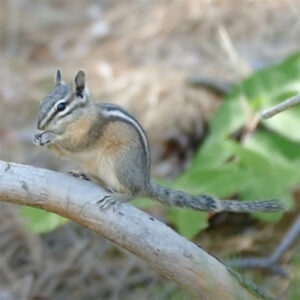
Even though many of us are staying home and away from other people during COVID-19, George is able to find lots of life in Spokane!

Join Rick on a walk to the West Ridge of the Dishman Hills Natural Resources Conservation Area Click Here to View the Video Click Here
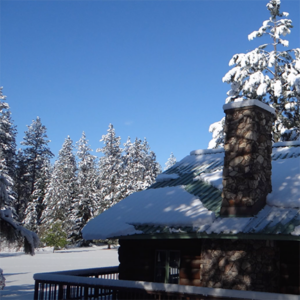
Join George and explore the Dishman Hills Natural Area’s Ponds Loop and Enchanted Ravine trails as they appear during winter! Enjoy the beauty of the

A closer look at Ponderosa Pine and wildfires Click Here to View the Video Click Here to View the Kids Flyer for “Exploring the Fire

A closer look at living things at The Ponds Click Here to View the Video Click Here to View the Kids Flyer for “Exploring the
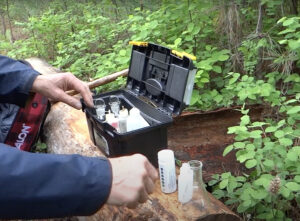
Stan demonstrates how to test the PH of water at Goldback Springs in the Dishman Hills, and discusses factors that can affect the PH measurements

A look at what habitats provide for living things. Click Here to View the Video Click Here to View the Kids Flyer for Habitats

Join Michelle, Rosie, & Evan, and learn about the importance of picking up trash and keeping our forests clean. Some common items you use every
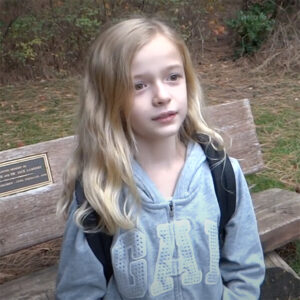
Join Michelle, Brian, Rosie & Evan and learn about the importance of picking up trash and keeping our forests clea. Some common items you use
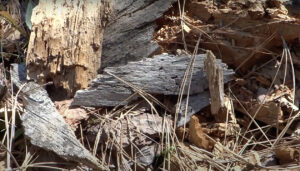
A look at how nature recycles and reuses organic material Click Here to View the Video Click Here to View the Kids Flyer for “Nature’s
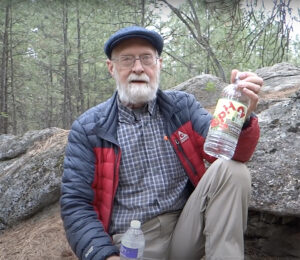
Learn why it’s important to test the PH of water Click Here to View the Video Click Here to View the Kids Flyer for “PH
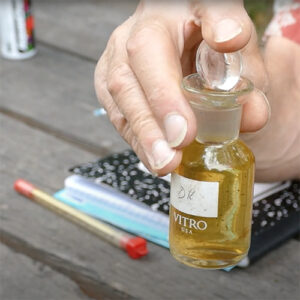
Stan explains the chemistry of a pond ecosystem – how to test for different chemical elements and why they are important to wildlife. Click Here

Join Stan and learn about pond succession – the process by which a pond and its community convert from a wetland community into a land

George shows you how to do a Solar System Stroll, an activity you can do at home to learn about the size of our solar

Learn about the water cycle and the many forms of water in nature with Peggy, Lucie, and Isla! Click Here to View the Video Click
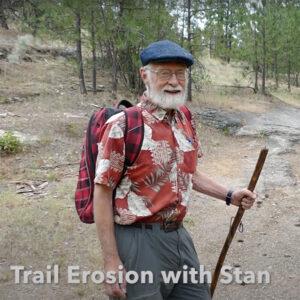
Join Stan and learn about trail erosion and methods used to prevent erosion, as seen in the Dishman Hills. Click Here to View the Video

Join Peggy, Lucie, and Isla and learn about watersheds! Learn what watersheds are, how they work, and why it’s important to keep pollution out of

Rick shares some geology and biology surrounding gneiss – a type of rock found in the Dishman Hills. Click Here to View the Video Click

Make your own nature journal without staples or glue! Click Here to View the Video Click Here to View the Kids Flyer for “Making a
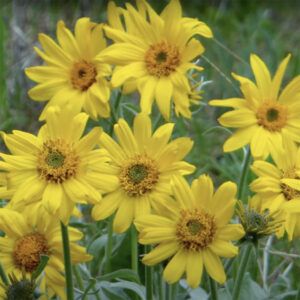
Use your journal to solve a mystery Click Here to View the Video Click Here to View the Kids Flyer for “Nature Detective”
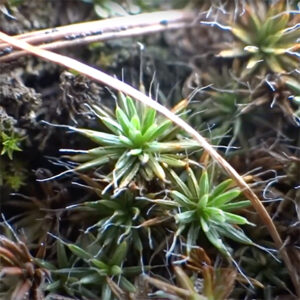
Learn about what a soil island is, and how soil islands are formed. Click Here to View the Video Click Here to View the Kids

Join us on a birding adventure (and don’t forget your journal!) Click Here to View the Video Click Here to View the Kids Flyer for
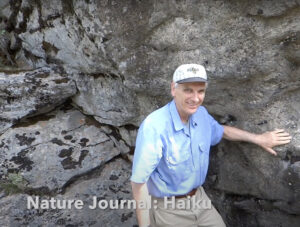
Utilize the outdoors as inspiration to write a haiku Click Here to View the Video Click Here to View the Kids Flyer for “Nature Journal:

Utilize nature as inspiration to write a Limerick Click Here to View the Video Click Here to View the Kids Flyer for “Nature Journal: Limericks”
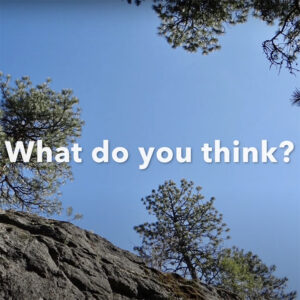
Utilize the outdoors as inspiration to write a very short, complete story in six words Click Here to View the Video Click Here to View

Use your journal to make a “recipe for the forest” or any other outdoor area. Click Here to View the Video Click Here to View

Find your “Sit Spot” to get a close look at nature. Click Here to View the Video Click Here to View the Kids Flyer for

Explore nature by making a sound map. Click Here to View the Video Click Here to View the Kids Flyer for “Sound Map”

Take a magnified look at nature Click Here to View the Video Click Here to View the Flyer for “A Closer Look”
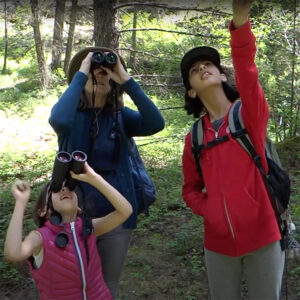
Join Peggy, Lucie, and Isla on a birding adventure with binoculars! Learn about different characteristics of birds that can help you identify them. Click Here

Grab your crayons or colored pencils and explore the many shades of color in nature. Click Here to view the Video Click Here to view
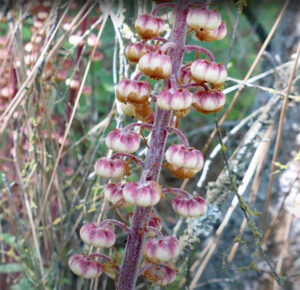
Join Rick and learn about Pinedrops – a plant unlike many others Click Here to View the Video Click Here to View the Kids Flyer
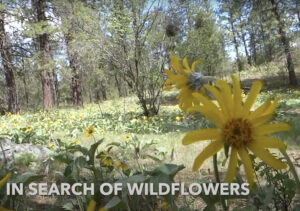
A virtual wildflower tour of the Dishman Hills Click Here to View the Video

What non-living factors do all living things need for survival? Click Here to View the Video Click Here to View the Kids Flyer for “LAWS

Rick teaches you about the life cycle of the Ponderosa pine tree and the conditions in which it thrives. Click Here to View Part 1

A close-up look at how living things make a home on the rocks Click Here to View the Video Click Here to View the Kids

Rick shows you some easy tools you can make and bring with you when you go out to explore in nature. Click Here to View

Use your journal and detective skills to learn about the Ice Age Floods! Click Here to View the Video
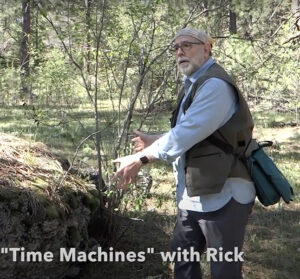
There’s a lot of history near each trail. Click Here to View the Video Click Here to View the Kids Flyer for “Nature’s Time Machines”

George discusses owls and birds of prey. Learn why birds of prey are important and why you shouldn’t throw things out of your car window,

Join Rick and learn all about Spokane, Spokane Valley, and our aquifer: how it came to be and why it is important. Click Here to
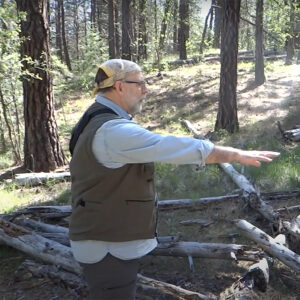
Explore what happens when nature brings “too much ice.” Click Here to View the Video Click Here to View the Kids Flyer for “The Power

In this video, you can observe some “normal” hummingbird behaviors, then see if you can guess what the hummingbird near the end of this video

Nature Challenge: Are the things seen in this video made of rock or wood? Click Here to View the Video

What do you think happened to this tree? Click Here to View the Video

Which animals do you think have been eating this plant? Click Here to View the Video

What to consider if you are lost and, more importantly, things to contemplate when planning an outing Click Here to View the Video

Common sense recommendations for staying safe while hiking Click Here to View the Video Click Here to View the Kids Flyer for Stay Safe COVID-19
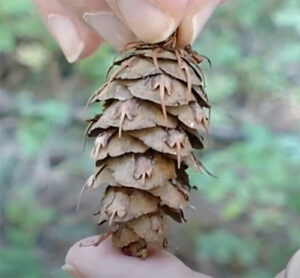
Rick tells the story of Fir Tree and Forest Mouse Click Here to View the Video
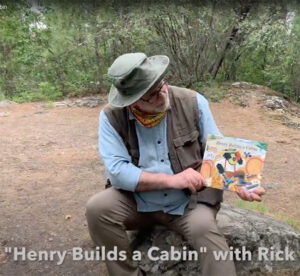
Rick reads D.B. Johnson’s book, “Henry Builds a Cabin” Click Here to View the Video

Rick reads D.B. Johnson’s book, “Henry Hikes to Fitchburg” Click Here to View the Video
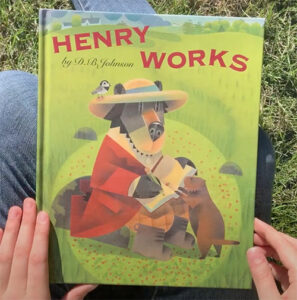
Cassidy reads the book “Henry Works” by D.B. Johnson Click Here to View the Video

A reading of Byrd Baylor & Peter Parnell’s classic picture book Click Here to View the Video

A reading of the book “The Other Way to Listen” by Byrd Baylor and Peter Parnall. Follow along by clicking the link below: Click Here
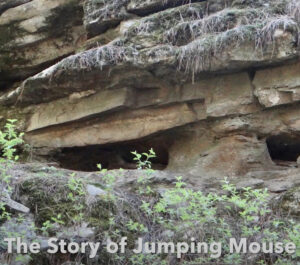
A telling of the Jumping Mouse story Click Here to View the Video
This page, brought to you by the Dishman Hills Conservancy’s Education Committee, is dedicated to helping you learn about things you might encounter in the Hills – living and non-living.
Click on each post below to learn more about the plant, animal, or landscape pictured!
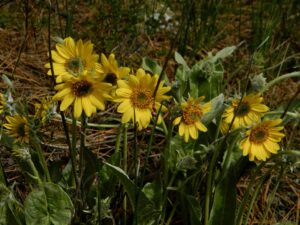
Do you know about the Arrowleaf Balsamroot? This plant is the first member of the composta/composite family to bloom in the Dishman Hills in the

Do you know about the Desert Shooting Star (Dodecatheon conjugens)? The word dodecatheon means ‘twelve gods’ in Latin. This wildflower, which prefers sunny, dry soil,

Do you know about the Glacier Lily? This species is known as Glacier Lily because it often appears at the edge of receding snow banks.
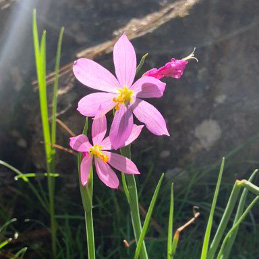
Do you know about the Grass Widow? (Sisyrnchium Inflatum)? The Grass Widow is a member of the Iris family. This plant does well in the
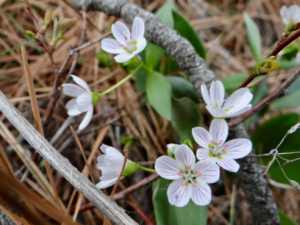
Do you know about the Lanceleaf Springbeauty (Claytonia lanceolata)? The petals of the Lanceleaf Springbeauty may be white or pink, but both colors have dark

Do you know about Pinedrops (Petrospora andromedea)? Pinedrops are a flower that breaks all the rules. You will see no green on this plant. This saprophyte
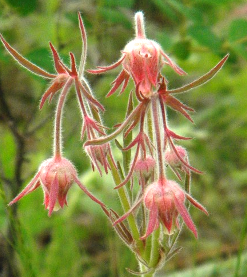
Do you know about Prairie Smoke (Geum triflorum)? This flower nods when it first blooms, but when it’s ready to disperse seeds, it raises its
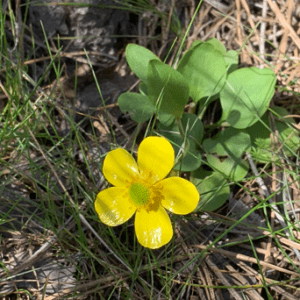
Do you know about Sagebrush Buttercups (Ranunculus Glaberrimus)? There are over 80 varieties of buttercups, and most are very hard to tell apart. This species,
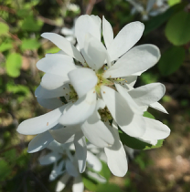
Do you know about the Serviceberry (Amelanchier alnipolia)? A member of the rose family, the Serviceberry is the first shrub to bloom in Spring. The

Do you know about Spring Whitlow Grass (Draba Verna)? Spring Whitlow Grass is a member of the mustard family. The word verna comes from the

Do you know about the Sticky Geranium (Geranium viscosissimum)? It is a major food source for deer and elk, as well as for black and

Do you know about the Woodland Star (Lithophragma)? It will require a sharp eye to spot these beauties, which have tiny flowers, long, slender stalks,
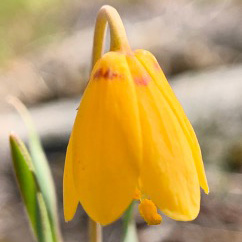
Do you know about the Yellow Bell (Fretillaria Pudica)? What looks like six petals is really three petals and three similar sepals. Sepals are individual